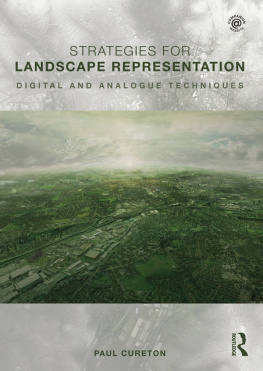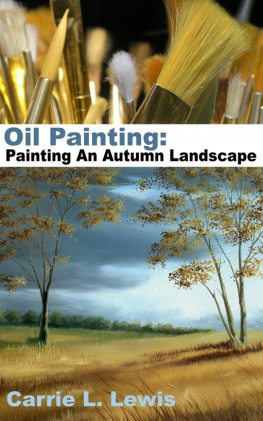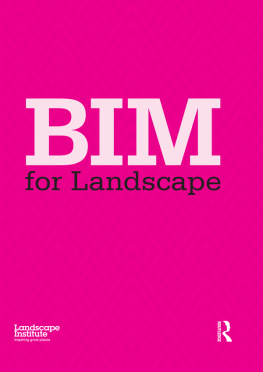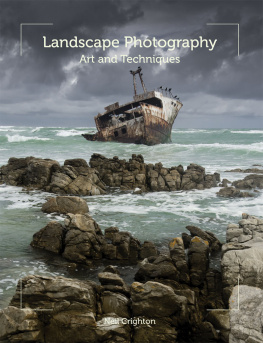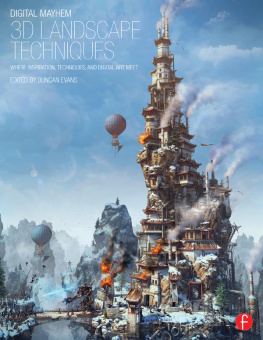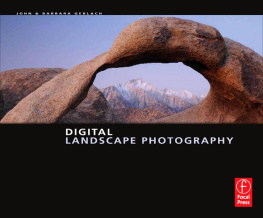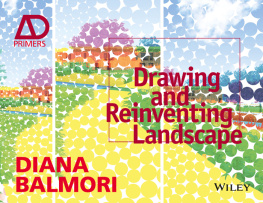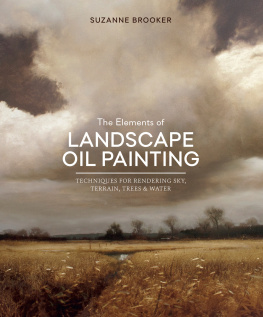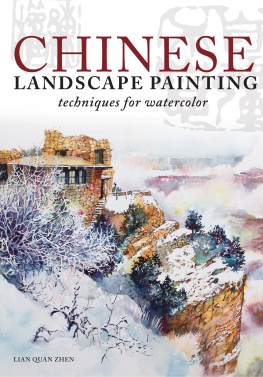First published 2017
by Routledge
2 Park Square, Milton Park, Abingdon, Oxon OX14 4RN
and by Routledge
711 Third Avenue, New York, NY 10017
Routledge is an imprint of the Taylor & Francis Group, an informa business
2017 Paul Cureton
The right of Paul Cureton to be identified as author of this work has been asserted by him in accordance with sections 77 and 78 of the Copyright, Designs and Patents Act 1988.
All rights reserved. No part of this book may be reprinted or reproduced or utilised in any form or by any electronic, mechanical, or other means, now known or hereafter invented, including photocopying and recording, or in any information storage or retrieval system, without permission in writing from the publishers.
Trademark notice: Product or corporate names may be trademarks or registered trademarks, and are used only for identification and explanation without intent to infringe.
British Library Cataloguing-in-Publication Data
A catalogue record for this book is available from the British Library
Library of Congress Cataloging in Publication Data
Names: Cureton, Paul.
Title: Strategies for landscape representation : digital and analogue
techniques / Paul Cureton.
Description: New York, NY : Routledge, 2017. | Includes bibliographical
references and index.
Identifiers: LCCN 2016027952| ISBN 9781138940987 (pbk. : alk. paper) |
ISBN 9781315673936 (ebook)
Subjects: LCSH: Landscape architectural drawing. | Landscape
architectureSimulation methods. | LandscapesModels.
Classification: LCC SB472.47 .C87 2017 | DDC 712dc23
LC record available at https://lccn.loc.gov/2016027952
ISBN: 978-1-138-94098-7 (pbk)
ISBN: 978-1-315-67393-6 (epub)
Typeset in Univers
by Florence Production Ltd, Stoodleigh, Devon, UK

This book negotiates a careful balance between genuine scholarly inquiry and practical usability for the reader. Drawing on sources across the built environment disciplines as well as social, philosophical and critical theories, the book is comprehensive in its scope. The rigour of the research allows the author to demonstrate the importance of representational strategies to the discipline of landscape architecture, drawing on a wealth of beautifully illustrated historical and contemporary examples. What is crucial is that such academic research is presented in an accessible and usable manner: the clear intention is for the reader to mobilise the knowledge presented within the book, making it extremely valuable to practitioners, students and academics alike.
Ray Lucas, Head of Architecture, University of Manchester, UK
Investigations into how urban and territorial landscapes are represented are essential endeavours for landscape architecture and urban design disciplines. Paul Curetons approach of working between practical methods of drawing and mapping and philosophical conceptions of representation make this a unique book and a significant development of landscape discourses.
Ed Wall, Academic Leader Landscape, University of Greenwich, UK
Paul Cureton brings an expansive and important account of various techniques for the representation of landscape. Informative and insightful, the book brings sharp focus on key concepts including: agency, valence and the temporal aspects of landscape, whilst opening up the intellectual debate for future landscapes in order to provide a strong case for designers to make a considered approach from the increasingly wide range of representation and evaluation tools and methods available.
Nick Dunn FRSA, Chair of Urban Design, Research Director: Lancaster Institute for the Contemporary Arts and Associate Director: Institute for Social Futures, Imagination Lancaster, Lancaster University, UK
Contributing to the important task of filling in the conceptual void that lies at the heart of design education, Dr Cureton expands our knowledge of the scope and role of representation in landscape architecture. This fresh approach, capturing the energy and depth of graphic possibilities, explores the purpose and intent of a wealth of representational methods and techniques. Setting out a new and expanded field of design practice, connecting ideas and form, art and design, this book will contribute significantly to the resurgence of interest there is in landscape architecture around the world, helping students and practitioners alike to acquire new skills at the analogue/digital interface and to realize the full communicative potential of visual, graphic expression in design.
Kathryn Moore, IFLA President
Contents
Guide
I would particularly like to thank my wife for her support and encouragement in the writing of this book, which could not have been achieved without her. I would like to thank my daughter Alana for her input, particularly the bashing of my computer screen and the high level of annotation of my drawings. I would also like to thank friends and family who provided an incredible support network throughout this process, particularly Peter and Juliet Storey, Susan Cureton and Gillian Clark.
I would like to thank Louise Baird-Smith and Sad Lee at Routledge for their careful advice, guidance and production of this book. I would also like to thank Ed Gibbons for production and Gary Smith for copy-editing. The early chapters of the manuscript were kindly reviewed by Silvio Carta and Nick Dunn, and I would like to highlight their editorial work and quality of advice in the early draft stages. I would like to acknowledge some of the special contributions in particular: the drawing, mapping and masterplan collaboration with Kathryn Moore; the data and workflow typologies by Serena Pollastri; the diagramming of Sophie Parker-Loftus; the composites of Rich Miller; and the Space Syntax collaboration with Laurens Versluis. I would like to thank Steven Adams at SSAHRI, University of Hertfordshire for the ongoing support of my research work and Ben Davis for the assistance with image permissions. I would like to thank Tom Landell-Mills for his professional landscape practice advice and the team at Groundworks, Hertfordshire. Much of my work is future thinking and I would like to thank Nick Dunn for the continuing dialogue and collaboration on future cities that has provoked futures thinking in the course of my work.
I would like to thank Ed Wall, the Environment Agency, Agnes Denes, MKDC Library and Archive, Lawrence Halprin Archives, Vitaly Komar, Olin, SCAPE, Atelier Bow-wow, Karolis Janulis, Swiss Topo, Frac Centre, Bill Rankin, NASA, Satellite Imaging Corporation, David Watson, Historic England, Jarlath ONeil Dunne, Drone Air, Thomas Lennon, CyberCity 3D inc., Ray Lucas, SWA, OMA, Michel Paysant, Lien Dupont, Isabel Griffiths, Karl Kullmann, JJ Watters, Randolph Hester, Magic Leap, Iona Meldrum, Nol van Dooren, Stoss Landscape Urbanism, Mark Tansey, Taktyk, Turenscape, Groundlab, Hassell, Sasaki Associates, MAUD, West8, Gross Max, Denali National Park & Preserve, Giona Andreani, Byron Wolfe & Mark Klett, Aecom, Aerometrex, Computer History Museum, Arup, Atelier Crilo, Sanford Museum, Atelier Crilo, ASPECT Studios, Colour, Alexandra Bergin, Karl Kullmann, Marijn Raeven, Tom Beddard, Lee Griggs, Zaha Hadid Architects, Przemyslaw Prusinkiewicz, British Antarctic Survey, Space Syntax, Terreform 1, British Geological Survey, Pipers Model Makers, Fosters & Partners, Palmbout, Martha Swartz & Partners, Tinker Imagineers, Gensler, Mcor Technologies, Daisy Ginsberg, RIBA, Common Wealth Association of Architects, Helen Mayer Harrison and Newton Harrison, Civic Systems Lab, MVRDV, Newton Fallis and Ecologic Studio.
Next page
